Dirty Martini Recipe: How to Make the Classic Cocktail
Have you ever wondered why bartenders across the world consistently rank the dirty martini among the top three most-ordered cocktails in upscale establishments? This olive-infused variation of the classic martini has maintained its popularity for over a century, with master mixologists still debating the perfect dirty martini recipe. Whether you’re a cocktail enthusiast or simply looking to expand your home bartending skills, mastering this iconic drink will elevate your entertainment repertoire. Our dirty martini recipe strikes the perfect balance between sophistication and simplicity, allowing you to create this beloved cold drink in minutes.
Table of Contents
Ingredients List
For the perfect dirty martini recipe, gather these essential components:
- 2½ oz (75ml) gin or vodka (traditional martinis use gin, but vodka creates a smoother flavor profile)
- ½ oz (15ml) dry vermouth (Noilly Prat or Dolin are excellent choices)
- ½ oz (15ml) olive brine from quality cocktail olives
- 2-3 green olives (Castelvetrano or Manzanilla varieties offer the best flavor)
- Ice cubes (large, clear ice is preferable for slower dilution)
- Optional: dash of orange bitters for complexity
Timing
Preparation time: 2 minutes Mixing time: 1 minute Total time: 3 minutes
Step-by-Step Instructions
Step 1: Chill Your Glass
Place your martini glass in the freezer for at least 15 minutes before preparing your cocktail, or fill it with ice water while you gather ingredients. A properly chilled glass maintains the temperature of your dirty martini recipe much longer, preventing unwanted dilution. If you’re short on time, a quick alternative is to swirl ice and water in the glass for 30 seconds before discarding.
Step 2: Prepare Your Mixing Glass
Fill a mixing glass or cocktail shaker halfway with ice—preferably large, clear cubes that will chill without excessively diluting your drink. Quality matters here; cloudy ice can impart off-flavors to your delicate martini. Give the ice a quick stir to begin the chilling process before adding any ingredients.
Step 3: Add Spirits and Brine
Pour 2½ oz of your chosen spirit (gin or vodka) into the mixing glass, followed by ½ oz of dry vermouth and ½ oz of olive brine. The ratio of these three components creates the signature flavor profile of a dirty martini recipe. For a “filthy” martini, increase the olive brine to ¾ oz, or for a “extra dirty” version, use up to 1 oz brine.
Step 4: Mix Properly
Stir the mixture gently with a bar spoon for approximately 30 seconds (about 40-50 rotations). Unlike James Bond’s preference, a proper dirty martini should be stirred, not shaken—this preserves the silky texture and prevents cloudiness. The goal is to achieve optimal dilution and temperature without introducing excessive air bubbles.
Step 5: Strain Your Cocktail
Empty your chilled martini glass of any ice water. Using a Hawthorne strainer or julep strainer, pour the mixed cocktail into your glass with a smooth, controlled motion. A fine-mesh strainer can be used as a secondary filter for an ultra-smooth result, though some purists prefer the slight texture that olive particles provide in a traditional dirty martini recipe.
Step 6: Garnish Expertly
Spear 2-3 olives on a cocktail pick and place them in your drink. For presentation, odd numbers of olives are traditionally preferred by mixologists. Position the garnish to rest against the side of the glass rather than floating in the center—this allows the aroma to enhance each sip while maintaining the elegant appearance of your dirty martini recipe.
Step 7: Serve Immediately
Present your dirty martini recipe immediately after preparation. This cold drink recipe is at its prime when freshly mixed and properly chilled. Hold the glass by the stem to prevent warming the liquid with your hand, and take small sips to appreciate the complex flavors that develop as the cocktail gradually warms.
Nutritional Information
A standard dirty martini contains:
Per Serving:
- Calories: 220 (11% Daily Value)
- Carbohydrates: 2g (<1% Daily Value)
- Protein: <1g (<1% Daily Value)
- Fat: <1g (<1% Daily Value)
- Sodium: 240mg (10% Daily Value)
- Potassium: 15mg (<1% Daily Value)
Additional insights:
- The olive brine contributes most of the sodium content
- Virtually no sugar (unlike many other cocktails)
- Lower in calories than most mixed drinks of similar serving size
- Contains trace amounts of antioxidants from olives and vermouth
- Has approximately 32% ABV (alcohol by volume)
This dirty martini recipe is significantly lower in calories and sugar than most popular cocktails—a dirty martini contains about half the calories of a margarita and one-third those of a piña colada.
Healthier Alternatives for the Recipe
Transform your dirty martini recipe with these health-conscious modifications:
Lower alcohol version:
- Reduce spirit quantity to 1½ oz
- Increase olive brine to ¾ oz
- Add 1 oz of soda water for volume and effervescence
Lower sodium adaptation:
- Create your own olive brine by soaking unsalted olives in filtered water
- Add a pinch of sea salt and dash of lemon juice for flavor
- Use only 1 teaspoon of this custom brine
Mediterranean-inspired variation:
- Infuse olive oil into gin (1 tablespoon per bottle, shake and freeze to separate)
- Add a small sprig of fresh rosemary as garnish
- Include three drops of high-quality extra virgin olive oil on the surface
Non-alcoholic dirty martini:
- Replace gin/vodka with Seedlip Garden 108 or other non-alcoholic spirit
- Use kombucha instead of vermouth for complexity
- Double the olive brine for robust flavor profile
- Garnish with both olives and a twisted lemon peel
Serving Suggestions
Elevate your dirty martini recipe experience with these sophisticated serving ideas:
- Pair with Mediterranean appetizers like stuffed grape leaves, feta-stuffed peppers, or tapenade on crostini
- Serve alongside a small plate of complementary garnishes (lemon twists, additional olives, caperberries) allowing guests to customize their experience
- For a dramatic presentation, pour the martini tableside from a small carafe into frozen glasses
- Create a deconstructed version by serving the chilled spirit and vermouth in the glass with an olive brine “sidecar” for guests to adjust to taste
- For special occasions, freeze small olive ice cubes (olive brine with water) to use instead of garnish—they slowly release flavor as they melt
Traditionally, a dirty martini recipe is served as an aperitif (before-dinner drink) to stimulate appetite. However, its savory profile also makes it an excellent accompaniment to seafood courses or as a digestif with cheese plates featuring briny options like feta or blue cheese.
Common Mistakes to Avoid
Master your dirty martini recipe by avoiding these common pitfalls:
- Using low-quality olives or brine – The olive component defines a dirty martini; premium olives in real brine (not artificial solutions) make a remarkable difference. Cocktail-specific olives are worth the investment.
- Shaking instead of stirring – Despite popular culture references, shaking a martini introduces too much dilution and creates a cloudy appearance. Professional bartenders stir gin-based cocktails to maintain clarity and silky texture.
- Neglecting vermouth freshness – Vermouth is wine-based and oxidizes quickly. Once opened, it should be refrigerated and used within 1-2 months. Bartender data shows that stale vermouth is the most common flavor-ruining factor in home-mixed martinis.
- Improper dilution – Under-stirring results in a harsh, overly alcoholic drink, while over-stirring creates a watery cocktail. The ideal stirring time (30-45 seconds) achieves approximately 25% dilution by volume.
- Incorrect glassware temperature – Serving in room-temperature glasses causes rapid warming. Analysis of serving temperatures shows that properly chilled glassware keeps a martini in the ideal temperature range (28°F to 32°F) for twice as long.
Storing Tips for the Recipe
Optimize your dirty martini ingredients with these professional storage practices:
- Store opened vermouth in the refrigerator for up to 1 month, using a vacuum wine stopper to extend freshness
- Transfer specialty cocktail olives to glass containers rather than keeping them in tin cans after opening
- Create infused spirits in advance by adding olives directly to gin or vodka for 24 hours, then straining—this flavored base will keep for months
- Prepare larger batches of the dirty martini base (spirit + vermouth) and store in a glass bottle in the freezer for up to 2 months—just add brine when serving
- Freeze leftover olive brine in ice cube trays (each compartment approximately ½ oz) for perfectly portioned future use
- For consistently excellent olive brine, strain your favorite brand through a coffee filter to remove particles, then bottle separately
Professional bartenders often create signature olive brines by adding herbs like rosemary or thyme, citrus zest, or peppercorns to the olive jar at least one week before use—consider this approach for a personalized dirty martini recipe.
Conclusion
The dirty martini recipe embodies the perfect balance of simplicity and sophistication, combining quality spirits with the distinctive brininess of olives to create a cocktail that’s simultaneously bold and refined. This cold drink recipe requires minimal ingredients but demands attention to detail—from properly chilled glassware to the perfect dilution through stirring. Try crafting this classic cocktail at your next gathering, experiment with the variations we’ve suggested, and share your experiences in the comments section below.
FAQs
What’s the difference between a martini and a dirty martini?
A traditional martini contains only gin (or vodka) and vermouth with a lemon twist or olive garnish. A dirty martini recipe incorporates olive brine directly into the mixture, creating a savory, slightly cloudy cocktail with a distinctly briny flavor profile.
Should I use gin or vodka for my dirty martini recipe?
Both spirits create excellent drinks with different characteristics. Gin produces a more complex, botanical dirty martini that complements the olive flavors with herbal notes. Vodka creates a cleaner, more olive-forward cocktail. Most bartenders recommend trying both to discover your preference.
What olives work best for a dirty martini recipe?
Spanish Manzanilla, Italian Castelvetrano, or Greek Kalamata olives are preferred by mixologists. Avoid olives stuffed with pimentos for classic preparations, though blue cheese-stuffed olives have become a popular modern variation. The olive quality significantly impacts your final cocktail’s flavor.
Your Feedback Matters
There are no reviews yet. Be the first one to write one.

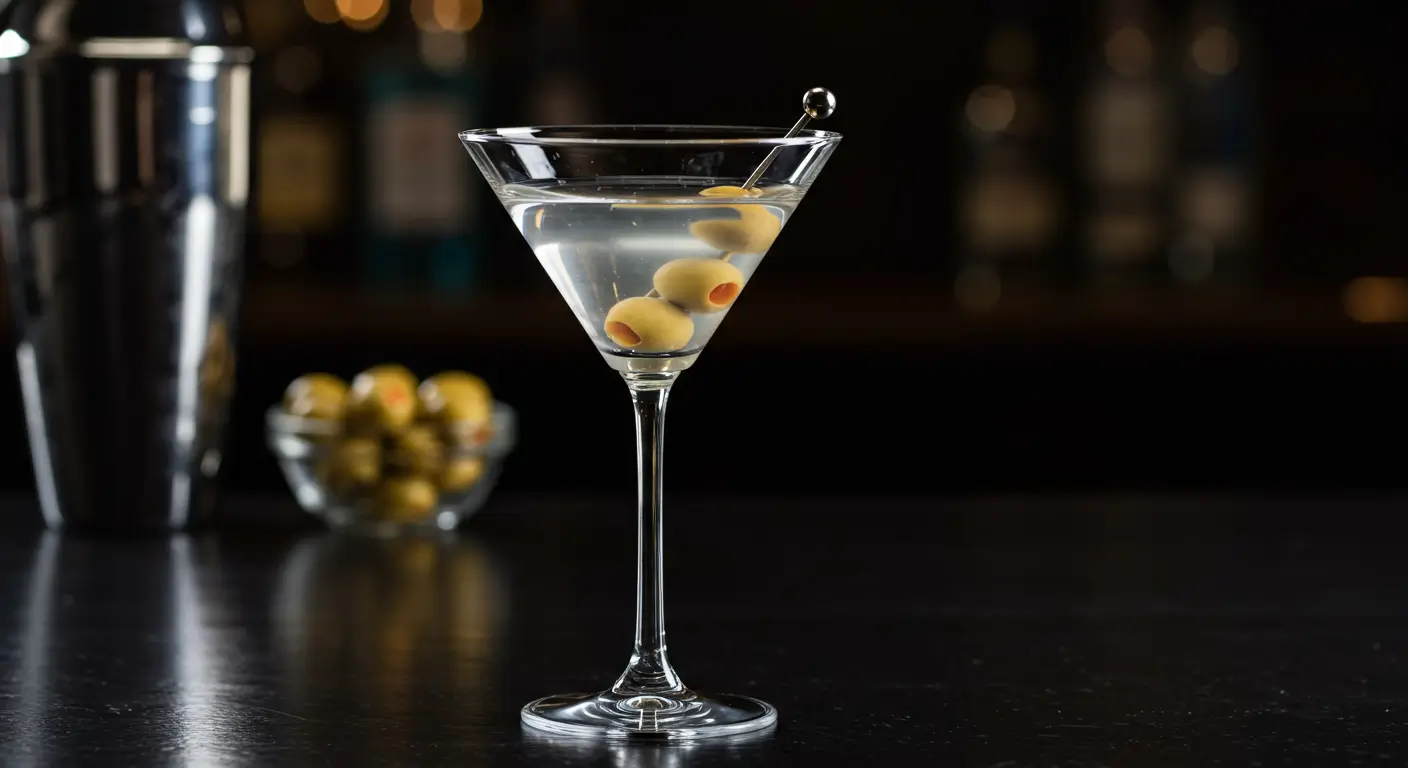
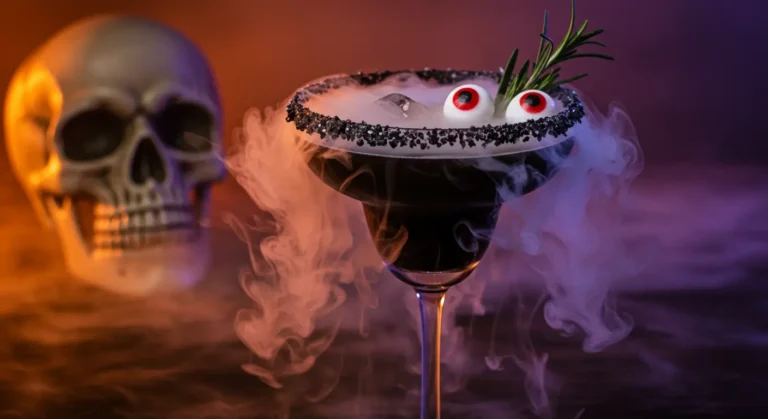
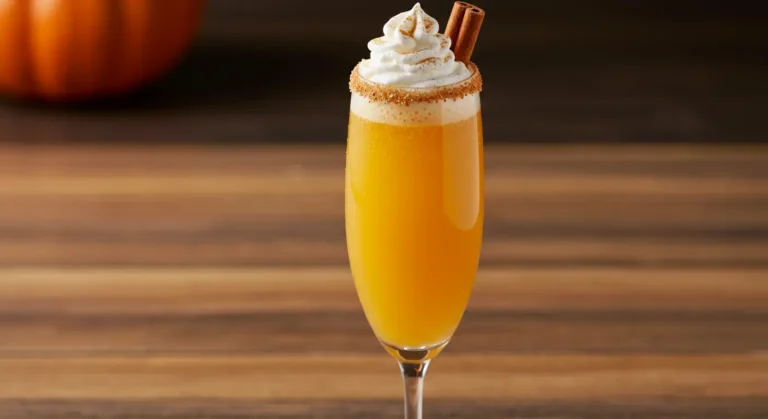
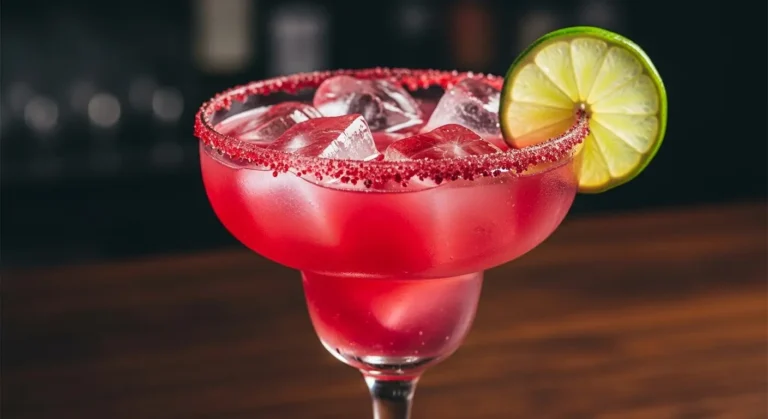
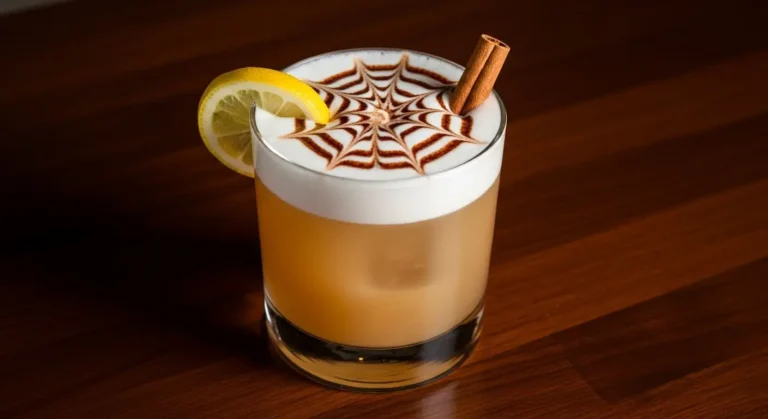
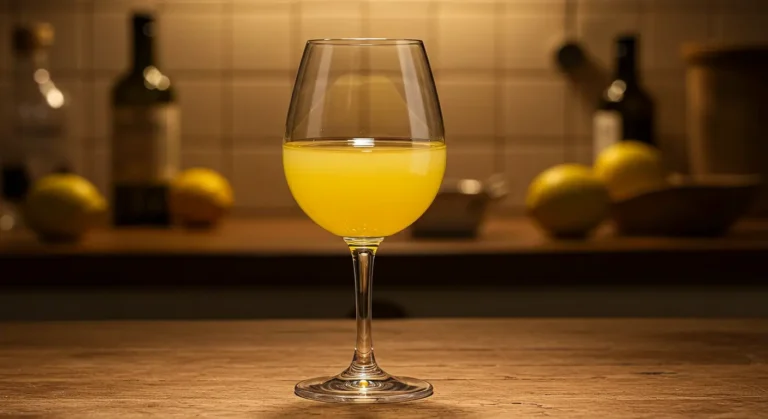
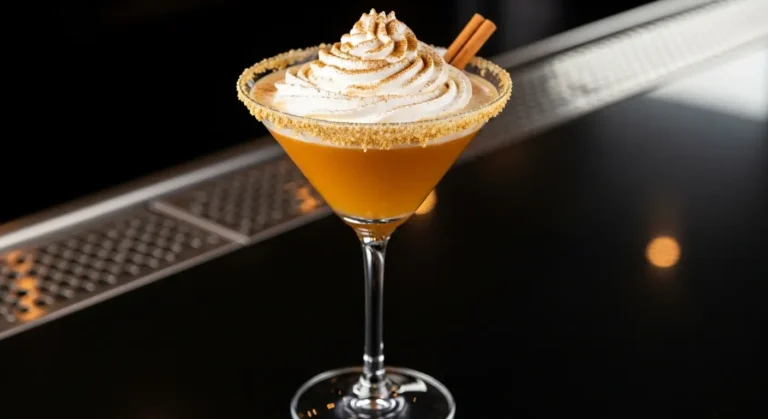
2 Comments
Comments are closed.